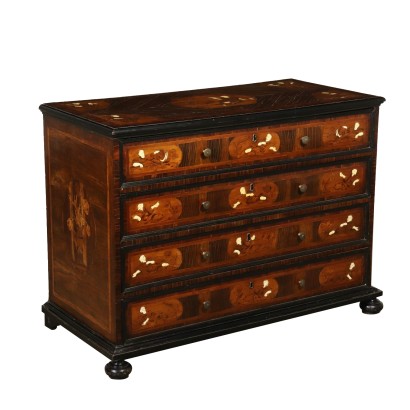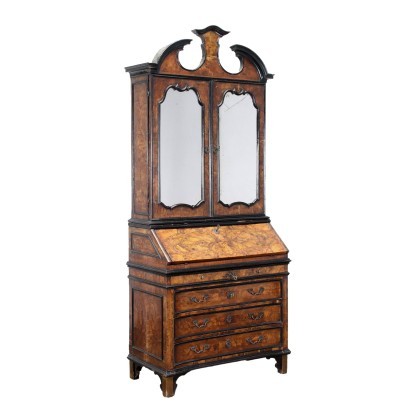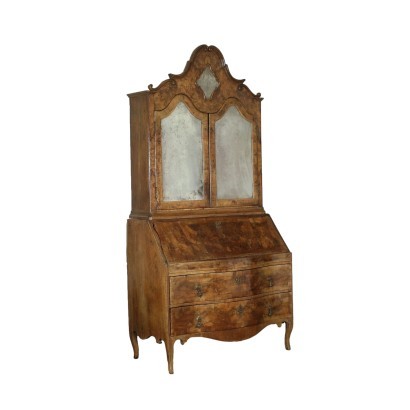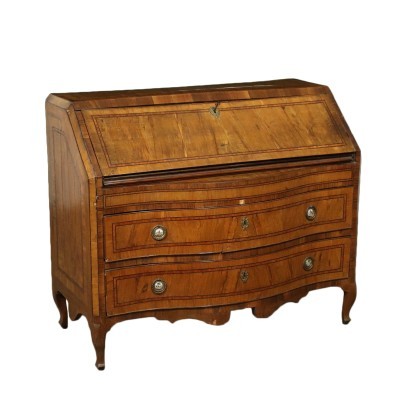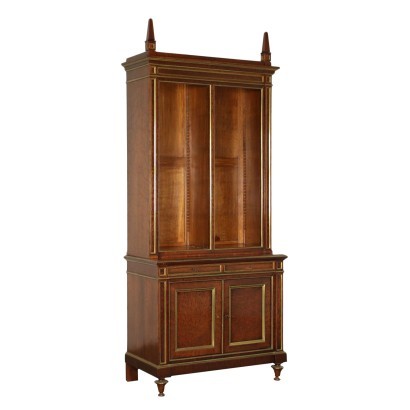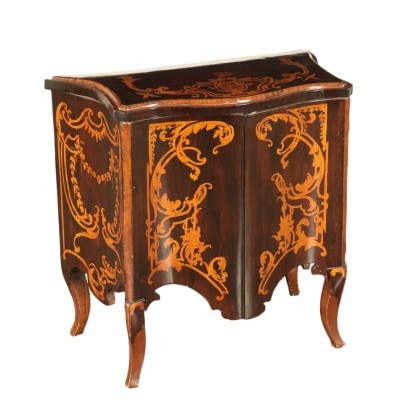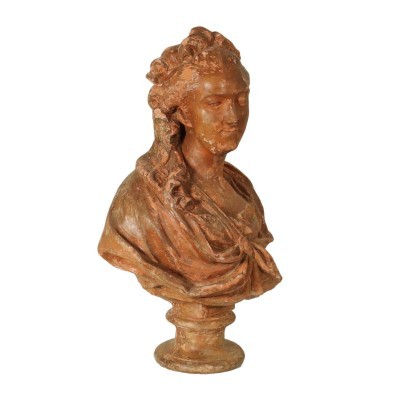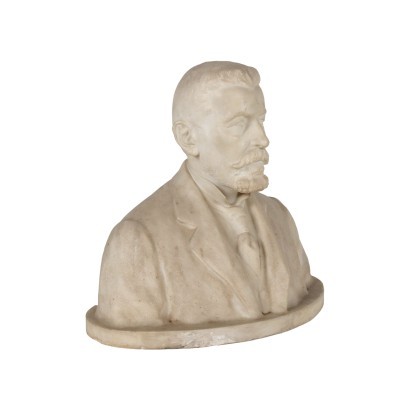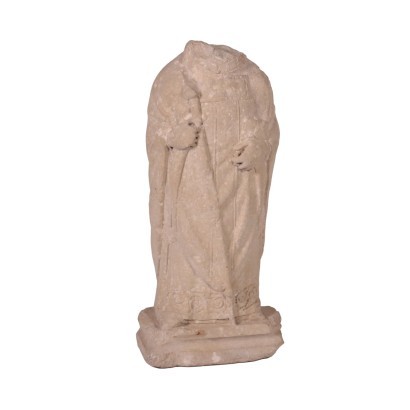Chest of Drawers Maple Bone Inlaid Reserves Italy 18th Century
Features
Age: 18th Century / 1701 - 1800
Origin: Lombardo-Veneto, Italy
Main essence: Cherry , Various Wood Essences , Mahogany , Walnut
Material: Maple Slab , Solid Fruitwood , Bone
Description
Impressive chest of drawers with four drawers and turned feet. Maple and bone inlaid reserves depicting allegorical scenes on front side and top. Inlaid reserve with vase of flowers on the sides. Ebonized frames and feet. Manufactured in Italy, first quarter of the 18th century.
Product Condition:
The item shows signs of wear due to age. Any damage or loss is displayed as completely as possible in the pictures. It may require restoration and recovery of french polish.
Dimensions (cm):
Height: 91,5
Width: 132
Depth: 62,5
Additional Information
Age: 18th Century / 1701 - 1800
18th Century / 1701 - 1800 Main essence:
Cherry
Obtained from
prunus cerasus , a plant of oriental origin, it is a hard wood with a light and delicate color, with a reddish vein. Due to its diffusion and availability it was used in Europe in popular furniture. In cabinet making, in the seventeenth century, it was widely used in France and England for inlay work. In Italy it was very successful in Lucca. It was also very popular in the United States for the manufacture, from the late 1600s, of commonly used furniture.
The dictionary of antiques: Eclecticism Classic Monday: a sofa from the 1800s example of eclecticism
Various Wood Essences
Mahogany
It is one of the most precious and sought-after woods in cabinet making. It was discovered in Central America around 1600 and began to be imported to England in the 1700s. Much appreciated for its hardness and indestructibility, it became widespread following the blocking of walnut exports from France in 1720 and the consequent elimination of English import duties on mahogany from the colonies in America and India. The most valuable version comes from Cuba, but it became very expensive. At the end of the 18th century it began to be used also in France in Louis XVI, Directory and Empire furniture, its diffusion declined starting from when Napoleon, in 1810, forbade its import. It was generally used in the manufacture of elegant furniture, due to its characteristics and beautiful grain.
Walnut
Walnut wood comes from the plant whose botanical name is juglans regia , probably originally from the East but very common in Europe. Light or dark brown in color, it is a hard wood with a beautiful grain, widely used in antique furniture. It was the main essence in Italy throughout the Renaissance and later had a good diffusion in Europe, especially in England, until the advent of mahogany. It was used for solid wood furniture and sometimes carvings and inlays, its only big limitation is that it suffers a lot from woodworm. In France it was widely used more than anything else in the provinces. In the second half of the eighteenth century its use decreased significantly because mahogany and other exotic woods were preferred. Material:
Maple Slab
Solid Fruitwood
Bone



